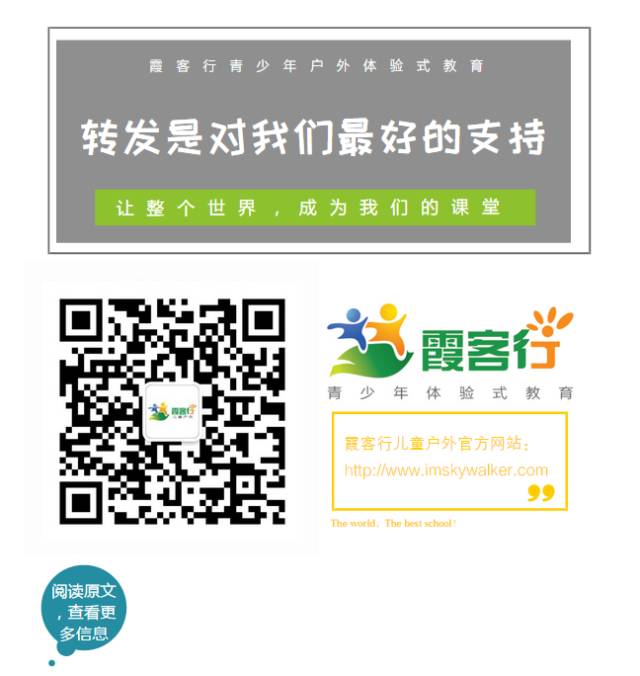
Introduction
When I received the Micro:bit board, I felt that it was a piece of hardware that could unleash students’ creativity. I also had ideas to design some courses around this hardware, until I saw the “Microsoft 14 Week Curriculum” published on the Micro:bit official website, which made me feel that I was very far from designing meaningful courses. I once conducted an experimental teaching using this curriculum and gained many insights, especially after practicing PBL teaching for a while. I wanted to take the opportunity of the winter vacation to find some kids and conduct another teaching practice integrated with PBL. I hope to share this with all teachers who are currently engaged in Micro:bit teaching practice, hoping we can collaboratively study this curriculum and design our own courses based on our teaching realities.
—— Lao Feng
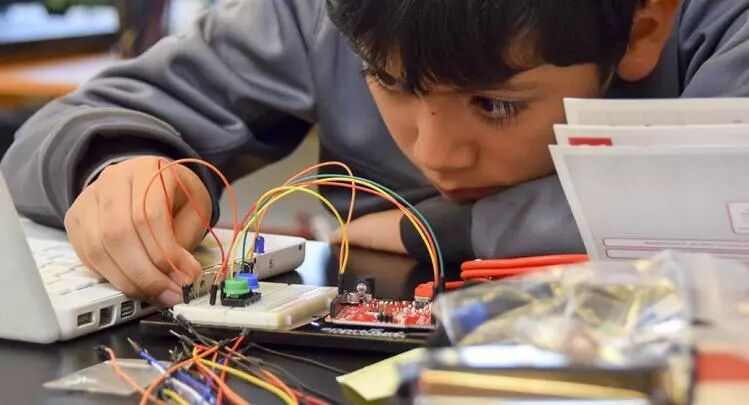
Welcome everyone to follow and provide your thoughts and suggestions. ☞ Course official website:
https://makecode.microbit.org/courses/csintro
☞ The course lasts for 14 weeks, with one lesson per week, learning and communicating in class, and perfecting works after class, which is a very good arrangement. However, this winter camp lasts for only five days, and I hope to complete lessons 1-5, so I can only complete one week’s content in one day, which is a bit helpless.
☞ Thanks to the Mushroom Cloud Maker Space for providing a fantastic teaching environment. ☞ Thanks to Teacher Wang, who volunteered to help me share course information.
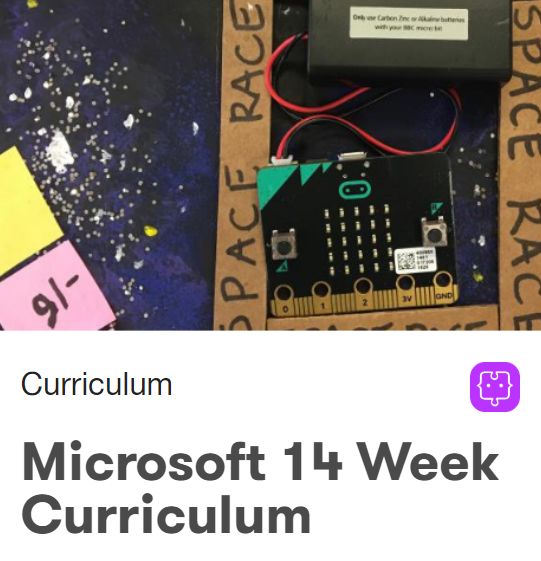
About the Course Teaching
1. There are pre-learning materials before class; 2. Each lesson includes a small project, using a simplified version of PBL teaching; 3. The last lesson of the first phase (Lesson 6) is a small project, which I hope to have the kids complete at home after the five-day course; 4. Usually, a small project cannot be completed in class and needs to be finished after class, which may take some time from the second lesson, but it is necessary. 5. The course time is about 3.5 hours. Ideally: project initiation activity (about 30 minutes), knowledge and skills learning (as much as possible within 30 minutes), project implementation phase (about 2 hours), presentation, sharing, and evaluation. Note: Updating my project board and checking progress regularly is an important part of PBL project management.
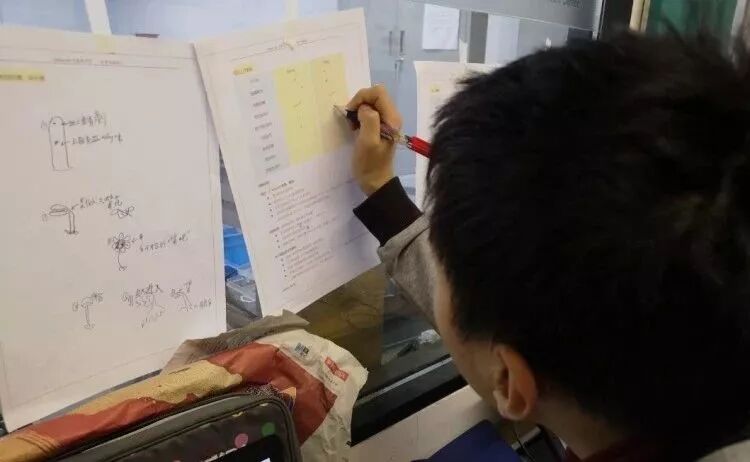
Day 1: Learning and Reflection
The biggest reflection on the first day: learning to think.
We have many ways to learn knowledge and skills, and many teachers encourage children to seek out this knowledge and skills, teaching them how to “fish.” But have we taught students how to think? In the first lesson, there are many methods to explore that can inspire students’ thinking about the project and creativity. In practice, we can focus on teaching students how to think.
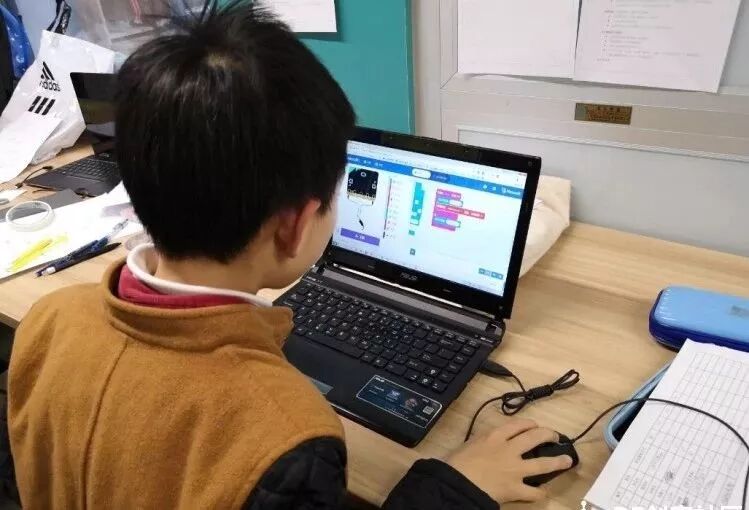
1
Design Thinking Activity
There are many articles on design thinking that everyone can learn and understand. The opening is to use design thinking for the project initiation activity: pairing up, with one as the client and the other as the manufacturer. Through interviews, they understand the needs and complete the design of a pet based on the client’s requirements.
After 5 minutes of mutual interviews, the children already have a lot of client requirement information, and what follows is an extremely important task: abstraction. Summarizing this information to deduce what kind of pet the client wants and why.
I have seen many unrealistic student projects, and I have heard some teachers mention that the projects children do are just for fun, as long as they are happy. These views are based on the current situation where children are disconnected from reality, and many project designs come from mere thoughts, fundamentally because they have not learned to think.
Creativity comes from a deep analysis of real-life problems, abstracting based on real information to form concepts, which is the first step. The questions asked during student interviews are not many, and the time is ample. I remind the children to design more questions to gather more information. Only by facing real clients and obtaining as much firsthand information as possible can you accurately understand the client’s needs, which is the crucial first step in creating a “pet that they need.”
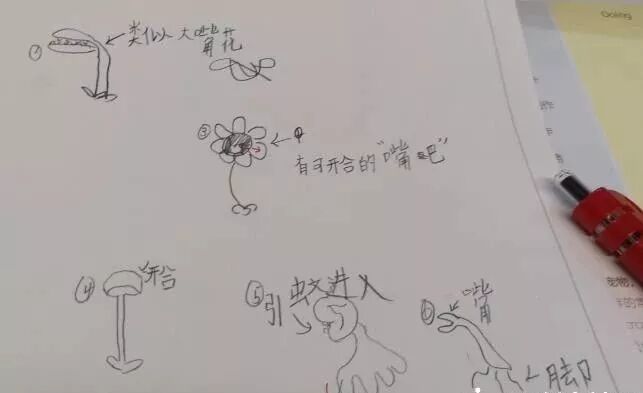 (A project based on client needs: an intelligent biological mosquito trap)
(A project based on client needs: an intelligent biological mosquito trap)
2
Deep Thinking Questions
What is a pet? A cat? A dog? Why not an insect? Why not a plant? Why can’t it be an alien? A robot can also be a pet; this is a species that has never existed on Earth. What kind of habitat will your manufactured pet have? Can the pet you create perceive and react to the outside world? When designing the course, we can give children some goals, which can be mandatory requirements, for example: how do you design a micro:bit installation position that can provide protection; how do you design a power switch position that is easy to turn on and off? We can also design some questions that provoke deep thinking in children as creative goals:
For example, regarding giving a pet a habitat. This requires them to think about the relationship between organisms and their environment, and whether there are logical issues. For example, if this is a creature that survives in a hot area, then its habitat might be a tropical rainforest or a savanna. If it adapts to living in darkness, will its eyes degenerate, or will certain parts evolve into ultrasonic radar? If time allows, these deep topics should be explored to spark a discussion.
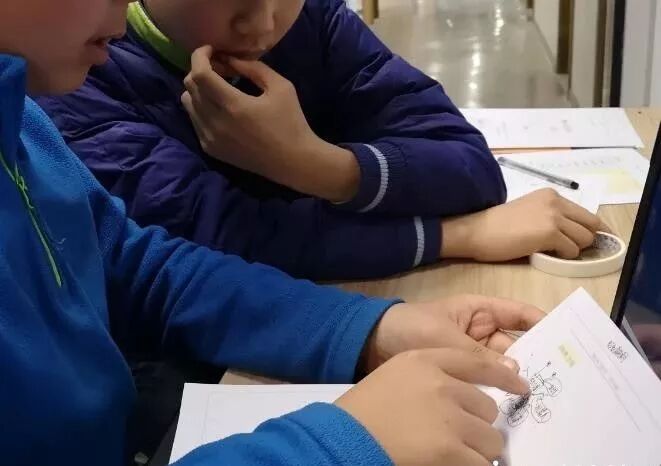 (Confirming requirements)
(Confirming requirements)
3
Brain Trust Meeting
(I really like this term; before the course started, I saw a tweet from Geek Park: Pixar’s founder: Before innovation, you need to re-understand failure, which mentioned a speech by Pixar co-founder and president Catmull at the Geek Park Innovation Conference, where he introduced the Braintrust culture at Pixar.) Before this, I designed many concentrated discussion sessions, such as brainstorming, project phase presentations, program explanations, final project presentations, and reflections. These concentrated discussion sessions emphasize: equal dialogue, mutual listening, collision of thoughts and ideas, and mutual recognition.
PBL empowers students with autonomy, allowing them to experience a meaningful learning process and have the opportunity to master knowledge and skills. The foundation of this is a trusting and caring atmosphere. Learning in such an environment is more likely to enable students to perform at their best.
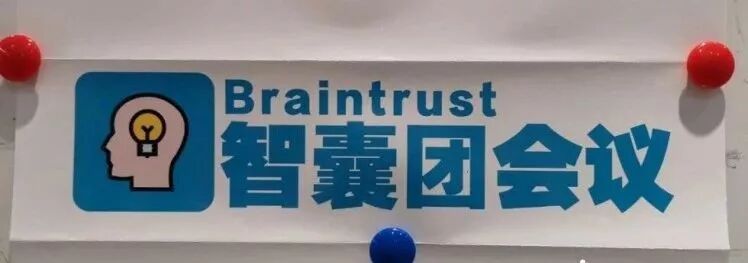
Therefore, I replaced all these discussion formats with a single meeting: the Brain Trust Meeting; (not considered piracy or infringement, right?) I hope that in such discussions, all children selflessly share their opinions and views; I hope that in such discussions, all children can listen attentively to others’ opinions and views; I hope that in such discussions, everyone is in an equal state, and teachers can quietly step back; I hope that such discussions will inspire a child’s creative spark; I hope that such discussions will help a child through a difficult phase of the project; I hope that a child will initiate such a meeting. The first day ends, and we continue tomorrow. I look forward to everyone’s feedback and suggestions! Let us make maker education more meaningful.
 Recommended Reading↓What is a Maker? What is Maker Learning?
Recommended Reading↓What is a Maker? What is Maker Learning?
2019 Annual Wilderness First Aid Training Course Preview (with New Year Discounts)
What would you do if a teenage girl jumped out of the car during a disagreement? How would you handle it as a parent?
